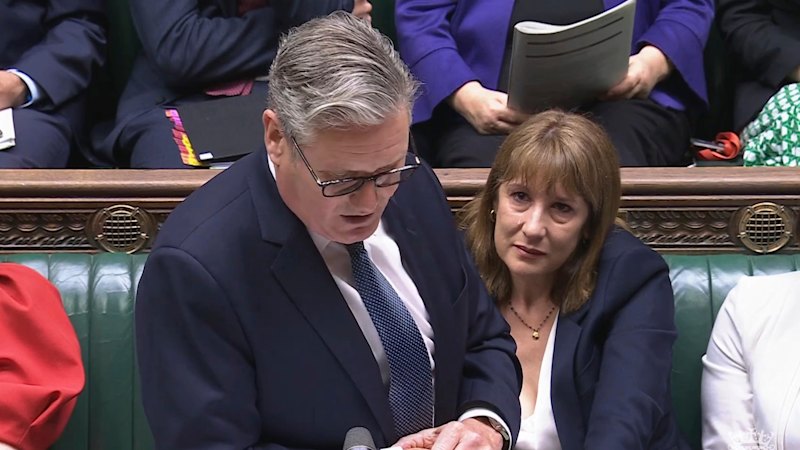
The politics of tears have long been a complex terrain for politicians, as evidenced by the recent display of emotion by British Chancellor Rachel Reeves in the House of Commons. Her tears, shed after being overruled on welfare reforms designed to prevent government bankruptcy, have sparked a multifaceted debate. Some view her tears as a testament to her humanity, while others see them as a sign of a faltering Labour government. Meanwhile, there are whispers that her emotional display was a strategic move to garner sympathy within her party.
Feminists argue that Reeves’ tears should be embraced as part of gender equality, pointing to statistics that show women cry 30 to 64 times a year, compared to men who cry six to 17 times annually. However, some feel disappointed, believing she has let down her supporters. Despite the mixed reactions, Reeves stands in a long tradition of British leaders who have shown emotion, including the likes of Winston Churchill and Margaret Thatcher.
The Historical Context of Political Tears
Throughout history, tears have played a significant role in politics. Winston Churchill, known for his leadership during World War II, was also known to shed tears, which many saw as a sign of his deep commitment to the nation. Margaret Thatcher, though less frequently emotional, was noted for her tears over the Falklands War, which helped humanize her iron-willed public persona.
In contrast, former UK Prime Minister Harold Wilson, who faced significant challenges during his tenure, never cried publicly. This raises the question of whether tears are a sign of weakness or strength. For Reeves, the history of political tears may be more supportive than critical.
Comparative Analysis with Australian Leaders
Looking beyond the UK, Australian leaders have also navigated the politics of tears. Bob Hawke, often compared to Churchill for his emotional displays, was known for his tears, though some questioned their authenticity. Malcolm Fraser, Kevin Rudd, and Julia Gillard occasionally cried for causes but were also seen crying in self-pity after political defeats.
Scott Morrison, on the other hand, wrapped his tears in gratitude to his faith, which resonated better with the public. Malcolm Turnbull’s tears, shed in response to the Port Arthur massacre, were perceived as genuine, aligning with the empathetic style of Barack Obama, who often cried for others.
The Strategic Use of Tears in Politics
In politics, tears can be a powerful tool, but they must be used strategically. Leaders who cry for others or for a cause must have a history of demonstrated concern to avoid accusations of insincerity. Margaret Thatcher’s tears over the Falklands War deaths were seen as appropriate and beneficial, showcasing her human side without undermining her authority.
However, when tears are weaponized to gain political advantage, as some suspect Reeves may have done, they can backfire. Colleagues familiar with the political theater may view such displays with skepticism, making it crucial for leaders to understand the impact of their tears on their audience.
The Implications for Rachel Reeves
For Rachel Reeves, the future remains uncertain. If her tears are perceived as genuine, they may bolster her image as a compassionate leader. However, if seen as a calculated move, they could undermine her credibility. The markets, already wary of the government’s decision to reject her reforms, may be less forgiving if they perceive weakness.
Ultimately, the political game of tears requires a delicate balance. Leaders must earn the right to cry in public, demonstrating bravery and wisdom. As history shows, tears can bond leaders with their constituents, but they must be shed judiciously to avoid the pitfalls of perceived manipulation.
As the debate continues, Rachel Reeves must navigate the complex landscape of political emotion, drawing lessons from past leaders while forging her own path forward.





